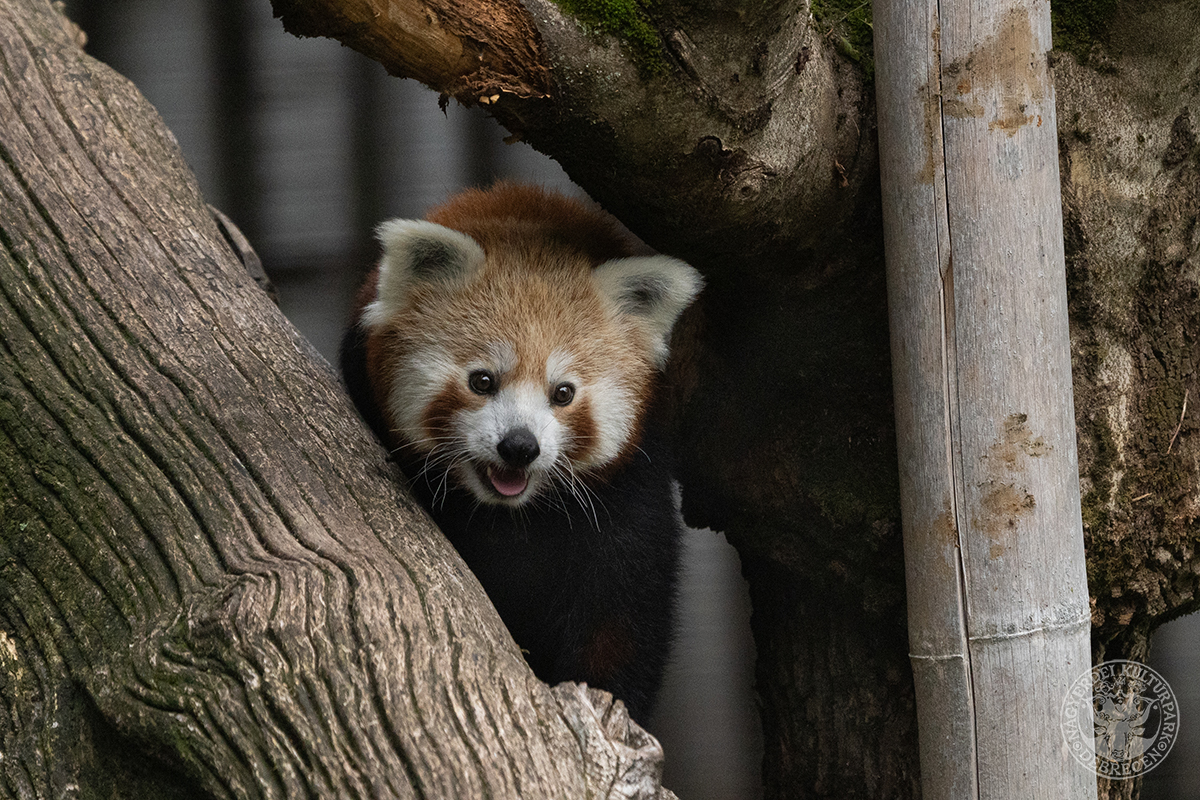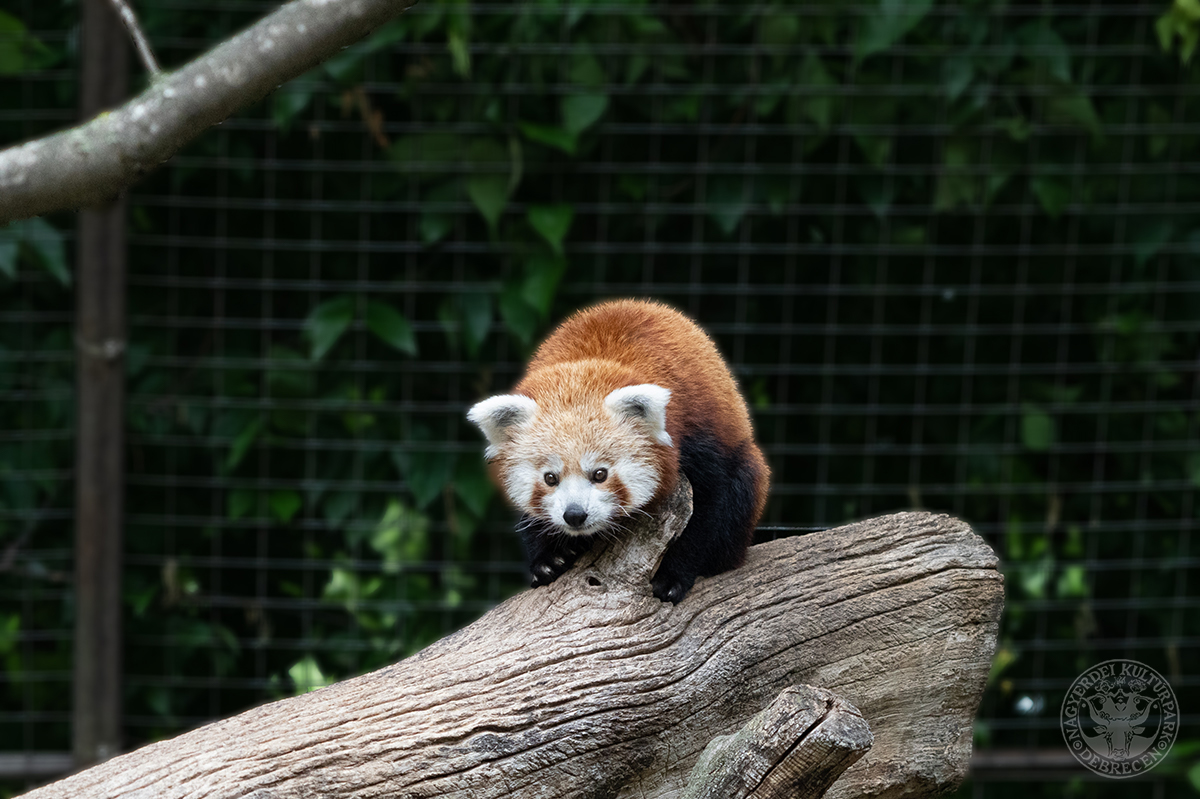On 15th June Hungary’s first zoo outside the capital is happy to announce yet another significant acquisition and professional achievement as, following six years of preparation, they finally welcomed a male red panda under the European Endangered Species Program (EAZA EEP), as part of which they have been home to two genetically valuable females since 2014.
Although international animal transfers had to be postponed by months due to the outbreak situation, the young and fit male named Pandita arrived in Debrecen on June 12 from Zoo Dortmund, Germany. Still in quarantine after his long journey, he is already exhibited next to the twin red panda girls’ enclosure, often munching on homegrown bamboo.
A true visitor favorite at the Zoo, red or lesser pandas (Ailurus fulgens) are now the only extant species within the family Ailuridae. Interestingly, they were the first animals to be referred to as “pandas” – presumably deriving from “nigalya ponya,” the Nepalese for “eater of bamboo” – while giant pandas were described and named so at a later point. Their common name in a number of languages, which translates to “cat-bear” of “bear-cat,” comes from the combination of their bear-like looks and cat-like agility and self-grooming.
Native to temperate montane forests at elevations ranging from 2000 to 4800 m in the Himalayas, Northern Burma, West Sichuan and Yunnan, red pandas are solitary animals that rest on tree branches during the day and mostly forage for food at night. While considered carnivores based on their anatomy, the vast majority of their diet consists of bamboo, with occasional fruits, lichens, arthropods and eggs. When eating bamboo, their opposable false thumbs – an adaptation of their wrist bones – are excellent for grabbing stalks and picking shoots and leaves. On average, they spend over half the day sleeping, presumably due to their low-energy diet, using their long and bushy tail as a pillow or blanket.
As a result of dramatic habitat loss and illegal trade, now less than 10.000 mature individuals are estimated to remain in the wild and red pandas are listed as Endangered in the International Union for the Conservation of Nature’s (IUCN) Red List of Threatened Species. Their population in human care is also in a worrying state since birth rates hardly outweigh death rates – that is why the Debrecen Zoo are so happy to welcome their newest resident, who will hopefully soon mate with either female and thus contribute to the conservation of this charismatic species.
The Debrecen Zoo also supports international conservation organization Red Panda Network in their efforts to protect this flagship species in Nepal and India, offering their visitors various ways to engage in red panda conservation such as becoming a red panda foster parent or purchasing souvenir coins.
press release




















